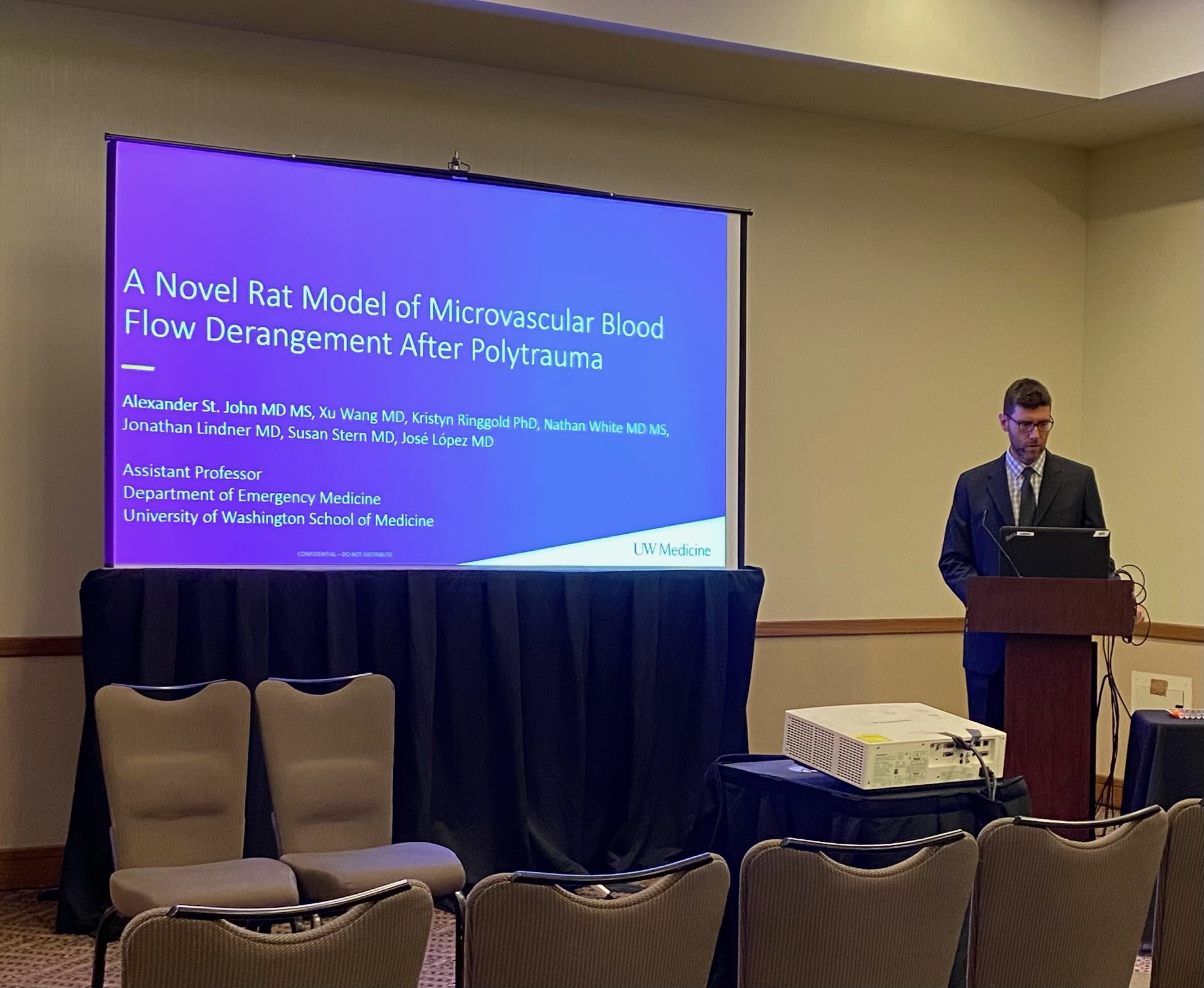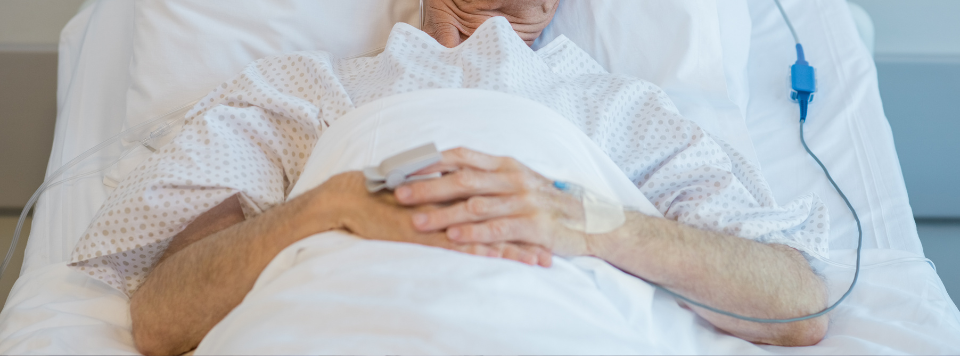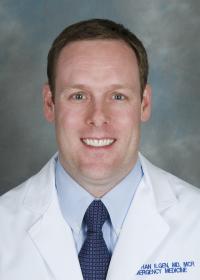DEM Faculty and Residents Have Strong Presence at Annual SAEM Conference
A broad range of faculty members from the University of Washington Department of Emergency Medicine presented at the 2023 SAEM Conference.
The SAEM Annual Meeting offers over 3,500 attendees access to innovative research from the best minds in academic EM (Emergency Medicine), expert educational content from world-class faculty, workshops that strengthen knowledge and skills in specific topic areas, energetic experiential learning competitions, and expansive networking events and career development opportunities to take your career to the next level.
Forums
Dr. Susan Stern served as a co-director of the r the SAEM Leadership Forum. This year’s session covered topics ranging from Physician Wellness, Diversity, Equity and Inclusion, Managing Conflict, and Coaching as a Tool of the 21st century. The purpose of the SAEM Leadership Forum is to advance the skills of the leaders in our field and provide a forum for discussion of challenges in the field of Emergency Medicine.
Didactic
Dr. Fiona Gallahue, MD, FACEP (co-presenter) Negotiating Favorable Hospital Policies for Pregnant and New Parent Physicians in Emergency Medicine
This course discussed how to navigate department policies on scheduling during pregnancy and when new parent physicians are returning to work. It also provided guidance related to development of a ‘turn to work Policy’ for new physician parents in the emergency department that female faculty and trainees are faced while navigating work/life integration and academic performance.
Amber M. Sabbatini, MD, MPH (co-presenter) From Zero to Hero: Navigating the National Institutes of Health's Alphabet Soup and Getting to Federal Funding
Research funding is key to advancing the research and promotion of the emergency medicine clinician-scientist. However, many academic physicians lack the necessary mentorship and knowledge to access and successfully submit applications to federal funding sources such as the National Institutes of Health (NIH) and Agency for Healthcare Research and Quality (AHRQ). In this didactic, participants were walked through the basics of how to understand, access, and navigate NIH, AHRQ and other federal funding opportunities.
The course introduced and explained key terminology used by these funding sources. Participants were guided through a sample Funding Opportunity Announcement highlighting key content and discussed key contacts to be aware of and where to find them. The session closed with overall guidance on the importance of mentorship and leveraging institutional infrastructure to help facilitate success in navigating the logistical challenges of identifying, submitting, and securing a competitive federally funded grant.
Fiona Gallahue, MD, FACEP (co-presenter) Reframe the Education Alliance with Collective Advocacy: Maximize the Learning Environment for Educators and Unions
Currently, resident physicians and fellows account for 15% of the US physician workforce. House staff unions have been increasing over the past three years. Collective bargaining and advocacy by house staff unions have demonstrated the potential to improve medical education, increase house staff salaries and benefits, shape hospital policy, and support wellbeing and diversity initiatives. This has allowed house staff a more active role in being change agents. The conceptual framework of the educational alliance between house staff and their educational leadership is critical to an effective training program.
This course discussed the framework and the three fundamental elements that define the educational alliance. By using current literature and the collective experiences of the speakers, the course discussed challenges, opportunities, and alignment strategies for educational leadership when house staff unions are introduced to or exist within the learning environment.

Jessica J. Wall, MD, MPH, MSCE (co-presenter) Hot Off the Press: Synopses of the Best New Papers in Pediatric Emergency Medicine in 2022
Every year there are over 27 million emergency department visits made by pediatric patients in the United States (US), with more than 90% of these patients being seen in general acute care hospital emergency departments (EDs) that treat both adults and children. It is crucial for all emergency medicine providers to have a clear and working knowledge of current literature related to the emergency care of pediatric patients. Through a brief collection of critical studies published in 2022, Dr. Wall and colleagues provided an update on the latest PEM literature and the clinical implications.
Amber M. Sabbatini, MD, MPH (co-presenter) So You're Thinking About an R01: Roundtable Discussion on Transitioning to an Independent Investigator
This was a moderated roundtable discussion that outlined some challenges and considerations for researchers wishing to pursue R01 or equivalent funding, and how to navigate them, including differences between project and mentored grants, timing, FTE support and bridge funding, team development and staffing, how to negotiate shifting relationships with mentors, among others. Sachita Shah, MD, DTM&H (co-presenter) Hot Off the Press: The Five Key Social Emergency Medicine Papers of 2022
The emergency department (ED) is the community-facing part of the healthcare system, and the medical home of the uninsured and underinsured. ED utilization reflects the greater health needs of the surrounding community and unmet social needs that impact patient health. Social emergency medicine explores the intersection of population health, health service needs, and the social determinants of health. Though the ED has become the clinical home of social medicine, identifying and intervening on social needs in this setting is not standardized or consistent. Research in this field is rapidly evolving and scattered in journals of public health, emergency medicine, and policy.
To help guide emergency practitioners in the exploration and application of social medicine in their practice, three experts in social emergency medicine discussed the most important papers of the past year. These practitioners reviewed key findings, discussed their application to the practice of social emergency medicine, critique methodology, and discussed the future directions of research in this nascent field.
Abstract Presentations:

Trauma
Alexander St. John, MD, MS - A Novel Rat Model of Microvascular Blood Flow Derangement After Polytrauma
Microvascular blood flow (MBF) is an important measure of organ perfusion in critical illness that is only partially corrected with standard resuscitation practices. The underlying causes are not well-defined, but microvascular thrombosis has been implicated. A small-animal model of MBF derangement after trauma would better define its occurrence and facilitate further study. This study used contrast-enhanced ultrasound (CEU), a powerful perfusion measurement that offers advantages over standard methods, to track MBF after severe injury in rats. These investigators created a model of polytrauma-induced coagulopathy and MBF derangement that will allow further characterization of possible common pathways and identify potential therapeutic targets.
Pulmonary
Margaret Davis, MD, MPH, M. Kennedy Hall, MD, MHS (co-author) Management of Primary Spontaneous Pneumothorax in the Emergency Department: A Systematic Review
Primary spontaneous pneumothorax (PSP) is a common presentation to the emergency department and reason for hospital admission. Traditional treatment involves placement of a chest tube in the pleural space to evacuate the air. However, simple needle aspiration and placement of a small-bore chest tube with a one-way valve are well established alternative treatments. Needle aspiration for PSP is performed by placing a needle with catheter into the pleural cavity and evacuating the air using a syringe. Treatment with one-way valve involves placing a device which allows air to escape the plural cavity and not re-enter. Both newer methods may allow safe outpatient management since they are not connected to suction. The concern with these less invasive treatments is that they may not be as effective as a chest tube to suction. However, there may be benefits by reducing complications and reducing the costs associated with inpatient management. This systematic review revealed that for PSP, when compared to standard small-bore chest tube to suction, needle aspiration has lower efficacy but significantly fewer complications and small-bore chest tube with one-way valve has similar efficacy and complications. However, both allow for outpatient management.
Airway
Steve Mitchell, MD, FACEP - Safe Apnea Period of Greater Than 16 Minutes Using Novel Endotracheal Tube Device in Porcine Rapid Sequence Intubation Model
Apneic oxygenation techniques have yielded mixed results in extending the safe apnea period (SAP) and preventing severe hypoxemia during rapid sequence intubation (RSI). We hypothesized that using an endotracheal tube cap device, Turbo O2TM (TO2), which delivers 15 liters per minute (LPM) of oxygen (O2) through the endotracheal tube (ETT) tip during RSI in a porcine model, would yield a prolonged safe apnea period. These investigators found that in a simulated porcine RSI model of of a prolonged intubation attempt using an ETT with an attached TO2 cap provided a SAP of > 16 mins with SpO2 and pO2 maintained at safe levels and pH and pCO2 changing at anticipated rates from RSI induced apnea. Using an ETT with an attached TO2 cap may prolong SAP in humans undergoing RSI and requires further evaluation to determine safety and benefit as an adjunct for apneic oxygenation.
 Dr. Herbie Duber also received the received the 2023 Public Health Leadership Award from the Society for Academic Emergency Medicine (SAEM).
Dr. Herbie Duber also received the received the 2023 Public Health Leadership Award from the Society for Academic Emergency Medicine (SAEM).








